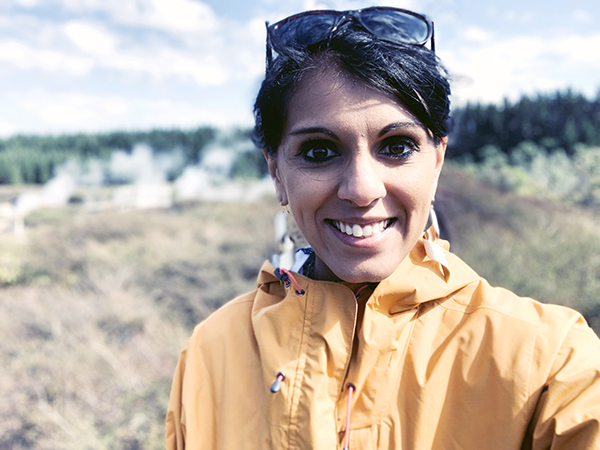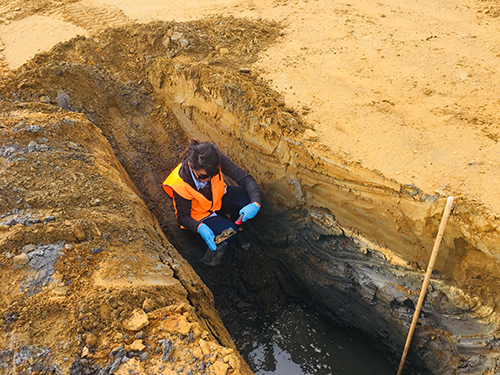
Mining is not just about extracting metals and coal, it is also about moving and managing waste. For example, if the grade of a gold mine is 1 g/t then what actually happens to the other 999 kg of material? It needs to be removed, handled and placed into a final repository or landform where it will remain indefinitely unless another use for it can be identified. Further, mine waste is not a homogenous body of material, it can be just as complex as the target ore body, so the way in which is it handled and deposited must consider its fundamental material properties.
In Australia, 600 Mt of mine tailings are produced annually. If passively managed, this material can pose a range of environmental risks including the generation of acid and metalliferous drainage (AMD) and mine waste erosion generating potentially harmful dusts and the physical stability of mine waste repositories. So, a major challenge for the mining industry is to identify the mechanisms by which to cost effectively manage this waste to reduce these risks at the earliest possible stage in a mine’s life.
If the problems can be forecasted then appropriate funding and environmental management strategies can be embedded into the mine plan. Whilst the industry is cognisant of this, another major challenge is finding the right toolbox to facilitate early stage waste characterisation. For example, chemical (static and kinetic) tests have dominated how the AMD properties of waste have been measured since the late 1970s, but with AMD remaining an ongoing global issue (even at young mines), we can see there is a desperate need for innovation in this space. With an explosion of new tools and technologies for ore characterisation, there has never been a better time to use these for waste characterisation. The mining industry needs to adopt these to improve their own business models by reducing their mine closure liabilities; and to improve their socio-environmental profiles to reduce risks concerned with social licence to operate.
Mine waste is not just a challenge for the mining industry, the management of abandoned sites is a major issue for state governments. For sites which contain reactive waste the challenge is how they can develop a management strategy with limited funding at a site where there is already evidence of AMD.
At UQ’s Sustainable Minerals Institute, we are well equipped to develop and introduce these tools and technologies to the industry across the mining value chain.
Having worked with a diverse range of mine wastes, a key component in characterising these materials is to adopt a geometallurgical approach. This involves sampling and measuring a range of material properties from mineralogy (across different scales using microanalytical tools, 2D hyperspectral scanners), chemistry (bulk and insitu mineral chemistry) to mineral hardness. To date, my research has strongly focussed in this area, examining how traditional geometallurgical tools can be used for forecasting mine waste behaviour to enhance early management, as well as improving the current testing methods.
 I’ve always been a strong advocate for understanding the mineralogy and textural properties of mine waste, so my research has also been concerned with how both can be cost effectively measured across a range of scales the resulting data translated into something meaningful to embed in the mines database.
I’ve always been a strong advocate for understanding the mineralogy and textural properties of mine waste, so my research has also been concerned with how both can be cost effectively measured across a range of scales the resulting data translated into something meaningful to embed in the mines database.
Here at SMI there is an opportunity to take this to the next level for example by using tools such as µCT to characterise AMD properties in 3D, as well as better modelling to better inform mine planning. In the case of assessing historical or legacy mine waste, we also have the technical capability to take it that extra mile and determine innovative processing methodologies. For example, has the target mineral surface oxidised and therefore does it need activating to enhance recovery rates? Can ‘greener’ chemicals be used to perform hydrometallurgical processing? All of this has to be done with the consideration of how we engage with communities where remining waste may be feasible and what a post-mining secondary landscape may look like so identifying effective rehabilitation strategies is also a key component of what the SMI can do.
As a diverse group of geologists, metallurgists, environmental engineers, hydrologists, geochemists and social scientists we have a real opportunity to collaboratively assist the industry with tackling their challenges and work towards a greener future.



